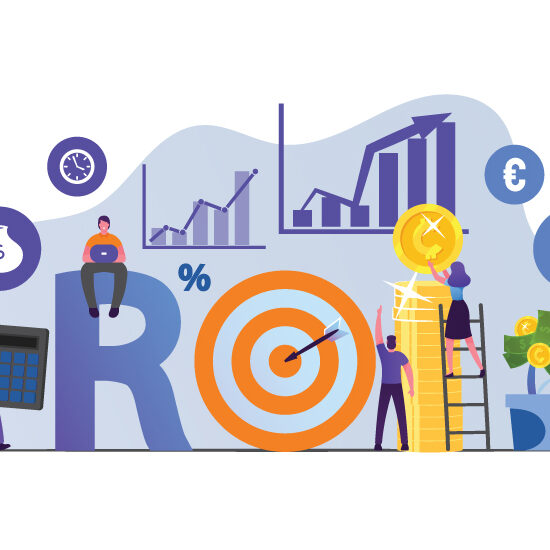Every business needs up-to-date insight into how the workforce performs, what contributes to the bottom line, and what it costs. There are many ways to measure workforce performance. The most effective way is to predict future trends based on historical data.
While there are many critical metrics, we’ve chosen five critical metrics for tracking the status of the workforce and predicting where it’s going, as they all, directly and indirectly, contribute to value creation.
1. Retention
Two metrics show how well an organization retains employees: turnover and tenure. Employee turnover, defined as losing employee resources over time, is a significant problem for many businesses. Replacing employees incurs costs for recruitment and training while lowering productivity as new workers come up to speed.
The pandemic increased turnover rates in many industries. According to the Bureau of Labor Statistics, the voluntary turnover rate was 25 percent in 2021; the rate for involuntary turnover was 29 percent. In the past, the average rates were 12% for voluntary and 6% for involuntary. The temporary crisis in workforce retention has forced many businesses to offer bonuses and other incentives to keep employees from quitting.
Tenure is a metric that describes how long employees stay with the company. Analyzing this metric can reveal important details about the workforce. Having employees with long tenure is good if they’re high performers; having poor performers with long tenure is terrible for profitability and morale.
2. Time-to-Hire
Knowing how long it takes to find and hire new employees is essential for strategic planning. The process includes tracking the elapsed time from when a position becomes available until a candidate has accepted the job offer. For maximum efficiency, this number should be as low as possible.
To decrease hiring time, cultivate an engaged and satisfied workforce.
Word-of-mouth and internal referrals are some of the most effective recruiting tools. It pays to have created a positive company culture in this area. Competitive compensation and benefits are also vital factors in the time-to-hire metric.
3. Productivity
Productivity metrics track how efficiently the workforce completes assignments. You can measure it for an entire organization, a team, or a single team member. Depending on the job description, metrics for productivity can be the hardest to define. The most straightforward metrics link inputs to outputs. Sales and marketing teams produce measurable output, but that’s not true for all jobs.
For some positions, timesheet data can be used to track productivity. Employees must track their time, either manually or with workforce management software. Gathering data about how employees spend their time has the added benefit of promoting transparency and accountability.
Qualitative metrics can also be used to measure productivity. Peer reviews like the 360-degree feedback method are one example. Supervisors, co-workers, and subordinates respond to questions about an employee’s contributions and work-related behavior, and the results are shared with management and the employee.
4. Total Cost of Workforce
This metric represents all workforce-related costs. It’s important to look at this metric regularly to align workforce planning with an organization’s strategic goals.
According to the Society for Human Resource Management (SHRM), “While most HR professionals can tell you what their company spends on salaries and benefits, fewer know the full amount invested in human capital. Experts call it total cost of the workforce (TCOW), a metric that may include various labor costs such as recruiting, onboarding and training besides salaries and benefits.”
5. Revenue-per-Employee Ratio
Revenue metrics look at how much money employees bring into a business. In tiny companies, it may be obvious how much revenue each employee generates. This isn’t possible in most organizations. Instead, you can calculate an overall metric by dividing revenue by the number of employees. The result is the revenue-per-employee ratio. Besides measuring performance, this metric is useful for finding how much the loss of an employee costs the business.
This isn’t an exhaustive list of workforce management metrics, but it’s a good starting point. Remember that metrics that are tied to strategic actions will be the most effective in helping your organization meet its goals.




